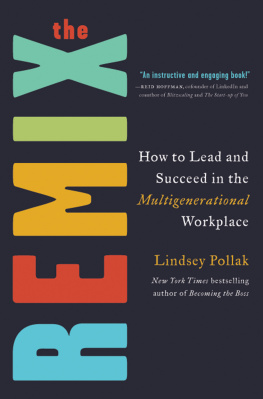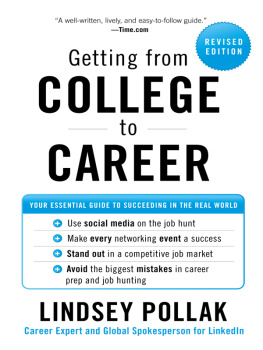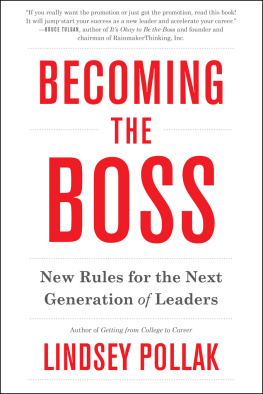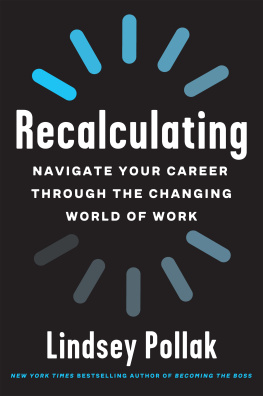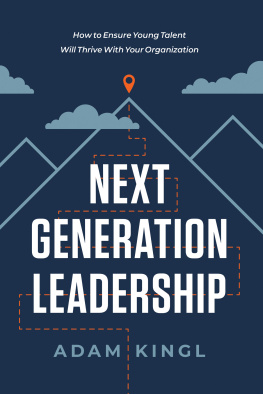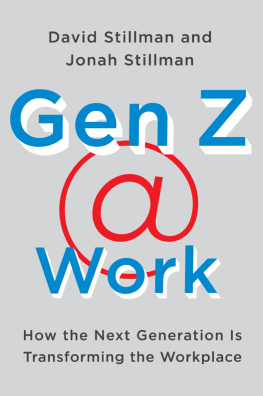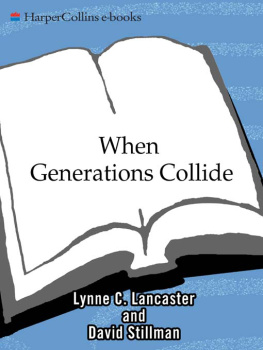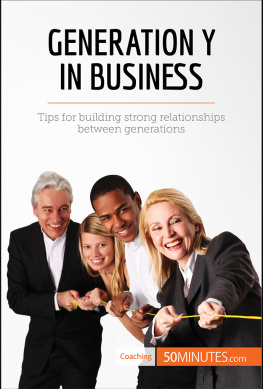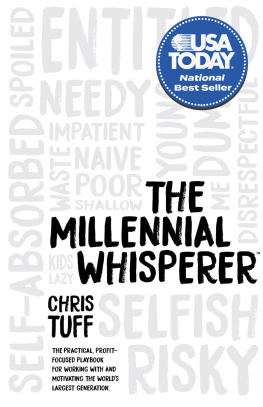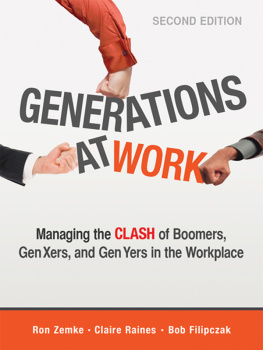Mention organizational change in any hallway, e-mail inbox, or Slack channel of any workplace in America, and youll likely receive a collective groan and eye roll.
We know the drill, seasoned employees will say as they prepare for announcements of revised and re-revised business priorities, shuffled leadership teams, and, of course, budget cuts and layoffs. As one longtime manager recently commented to me, Ive been re-orged so many times, at this point I could probably report to a dog.
Isnt it about time we find a less cynical, more optimistic approach to workplace change?
What if a new group of workers came along with more positive expectations of how change will affect their organizations and careers? What if organizations began to listen to and embrace this new groups mindset? What if even long-tenured, jaded employees felt that change was actually an opportunity to deploy their knowledge and experience in new and exciting ways? What if organizations found a way to integrate these two perspectives to create exponential success?
All these things are possible because all these things are already happening. Ive been witnessing this more constructive, collaborative approach to change starting to take place over the past several years. The catalyst is the unprecedented generational overlap that is taking place in American business today.
Now that Millennialscomprising those born between approximately 1981 and 1996have officially become the largest generation in the U.S. workforce, and Generation Z workersthose born in 1997 and later, the most racially and ethnically diverse generation in American historyare entering the labor force in large numbers, leaders and organizations have had little choice but to begin embracing new ways of working that appeal to younger, digital-first generations. At the same time, they must continue to appeal to members of the massive Baby Boomer generation, who are responsible for so many decades of success and are still going strong today.
While some companies are embracing the multigenerational mix, most organizations are struggling to appeal to all generations of employees at once. Todays employers say they want people with experience but complain that experienced workers are more expensive and stuck in their ways. Employers say they want people with bleeding-edge tech skills but lament that the young people with those skills dont always have the professional savvy they desire. As one painfully true job search Internet meme declared, Were looking for someone aged 22 to 26, with 30 years of experience.
As a result, few feel entirely wanted and many are on the defensive. I encounter this all too often in organizations that invite me to consult or speak: Traditionalists and Baby Boomers feel like theyre being elbowed out for younger workers. Millennials and Gen Zs feel like theyre being held to an unfair standard. And Gen Xersdont forget about Gen Xersfeel caught in the crossfire or ignored entirely.
All this tension, even if it stays below the surface, has an impact on how we show up as employees, managers, and leaders, and on the work we are capable of accomplishing together. Festering intergenerational resentment and insecurity is a threat to the success of our organizations and our individual careers.
Add to this generational tension the fact that we are currently living through an era of ever-greater disruptionswhat the U.S. Army War College termed VUCAvolatility, uncertainty, complexity, and ambiguity. As leaders in a time of VUCA, we need to think about all the ways the tentacles of disruption affect every area of how we hire, manage, engage, and retain talent in our organizations.
The workplace can even serve as a microcosm for the larger issues facing our country. Kenneth Frazier, the CEO of Merck & Co. and the most prominent African American chief executive in the country, has said, If you look around at whats happening in our society, theres more division than I think I can ever remember.... I actually think the workplace is the last place in our society where people cant choose necessarily who they work with.
This raises the stakes for leaders even more. The choices we make in our workplaces can impact the very feelings people have about our shared society. If we can get every generation feeling valued and pulling in the same direction at work, maybe we can do this on a larger scale. Thats what gets me out of bed in the morning and what I want to share with you.
I have spent many years studying even the tiniest details of successful intergenerational teams and organizations to learn what makes them different. How do they thrive in times of change?
The secret saucethe strategy I have observed again and again across a wide variety of industries and company sizesinvolves a combination of keeping the best, classic workplace practices of the past while simultaneously embracing more modern and innovative approaches to work. It mixes the old and the new in positive ways.
The best way Ive found to explain this approach is with an analogy from far outside the realm of business, in the world of music.
It is the remix.
In music, of course, a remix is a song, usually a well-known classic, that has been changed from its original state by a new artist who adds, takes away, or alters the original in some way to create something both recognizable and entirely new.
In business, the remix is a positive approach to organizational change that takes practices or habits embraced by a previous generation (Traditionalists, Baby Boomers, and/or Generation Xers) and adds to, removes from, or alters them in some way to better appeal to Millennials, Gen Zs, and future generations to come so we can all succeed together. The result is a workplace that mixes, matches, and blends the best of each generations ideas and practices to design a smarter, better, more inclusive experience of work for everyone.
Producer and former DJ Briana Craig, a.k.a. Bri-Real, told me, Some remixes take the original to the next level, and sometimes the remix becomes more popular than the original song.
This doesnt surprise me at all. I like music remixes because they celebrate the fact that Ive been around for a while and they make me feel current. They offer a memory and a discovery. Music and culture writer Sharine Taylor commented to me that a remix forces you to think outside what is comfortable. It can be both comfortable and uncomfortable. Nobody can exist in two eras at once, but remixes give us that liminal experience.
Importantly, a remix does not erase the past. Rather, in a workplace context, it involves examining the classic fundamentalsfrom management to workspaces to benefits to communication to compensation and beyondand questioning:
- What are we doing because its always been done that way that we need to stop because it no longer works?
- What are we doing because its always been done that way that we should continue and add to it because it still works?
- What do we need to start doing in entirely new ways to succeed in the future?
Remixing opportunities are virtually endless and applicable to people and organizations across any industry and any current employee demographic mix. Remixes take place across organizations, inside teams, and within ourselves.
The remix is the Baby Boomer banking industry veteran who feared stagnation, so he gave up his corner office to hot-desk at a different spot every day to better interact with more colleagues and gain new perspectives.
The remix is the 24-year-old cosmetics industry employee who felt overlooked because of her youth, so she signed up for a reverse mentoring program that matched her with a company executive. Now she takes that senior leader on regular shopping outings to advise on what she and her Millennial peers want from a retail environment, and her opinions are impacting company strategy.

